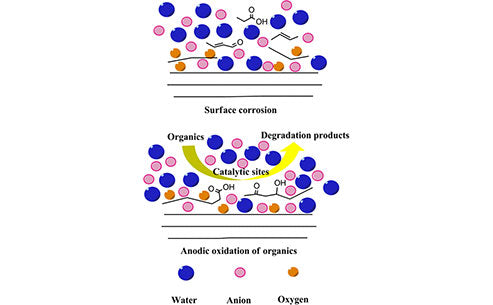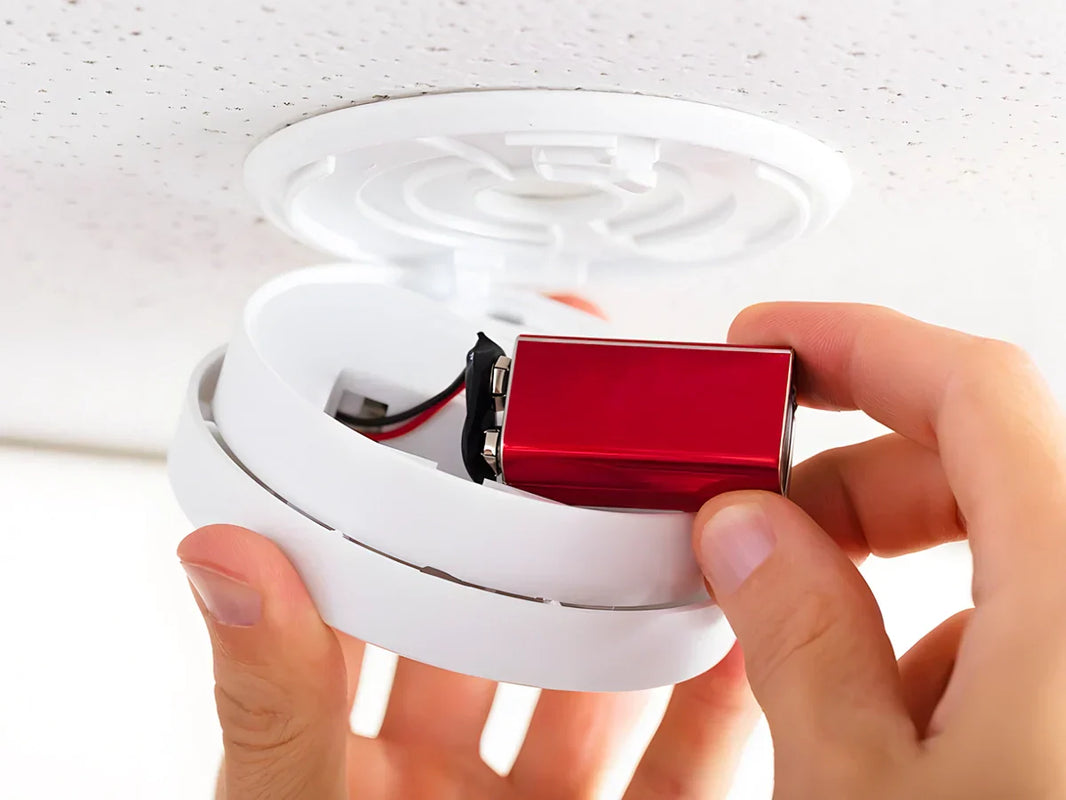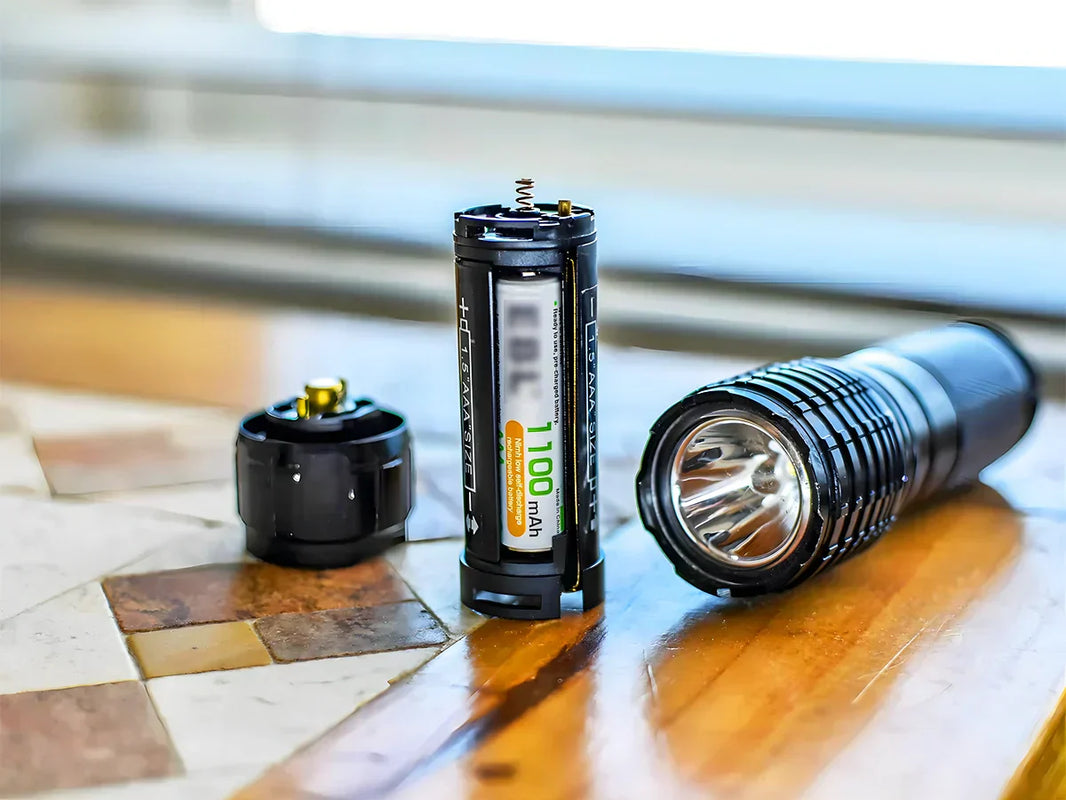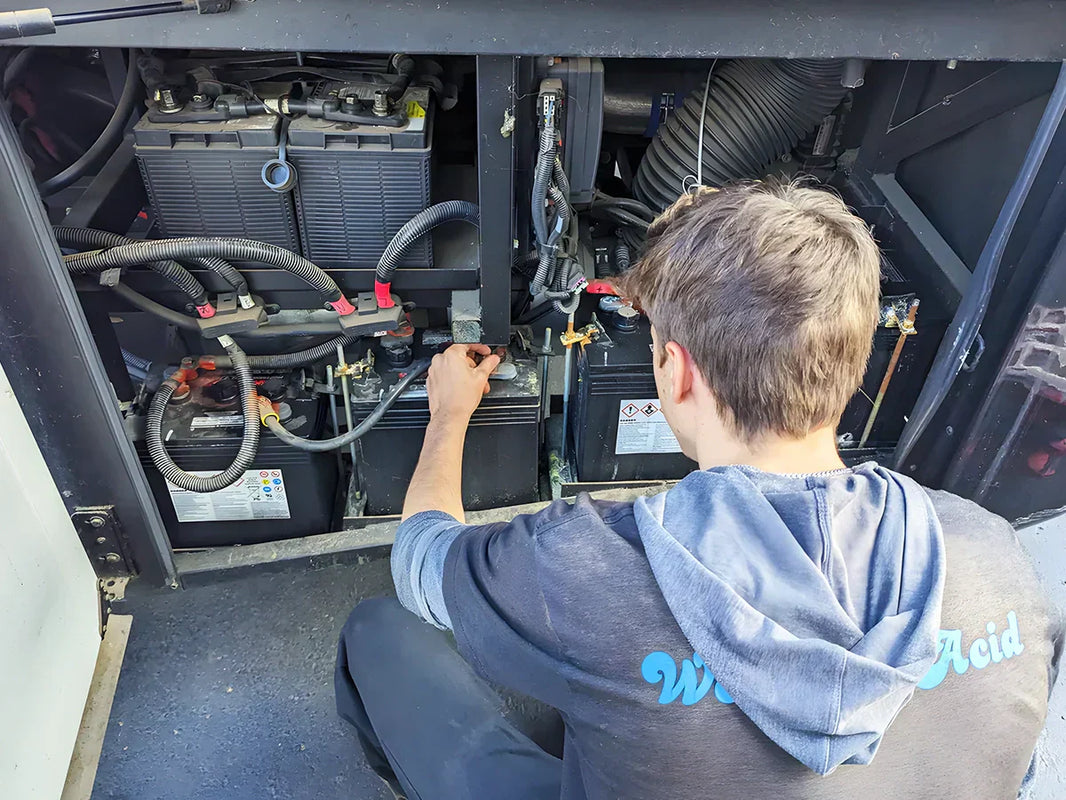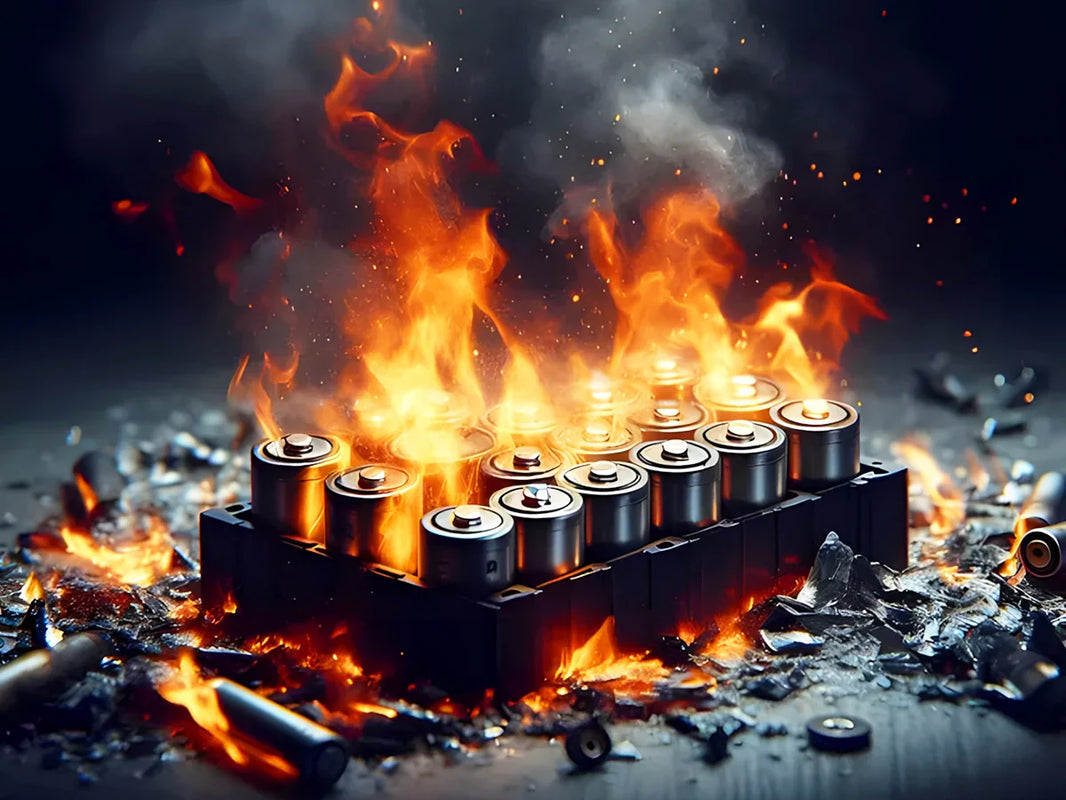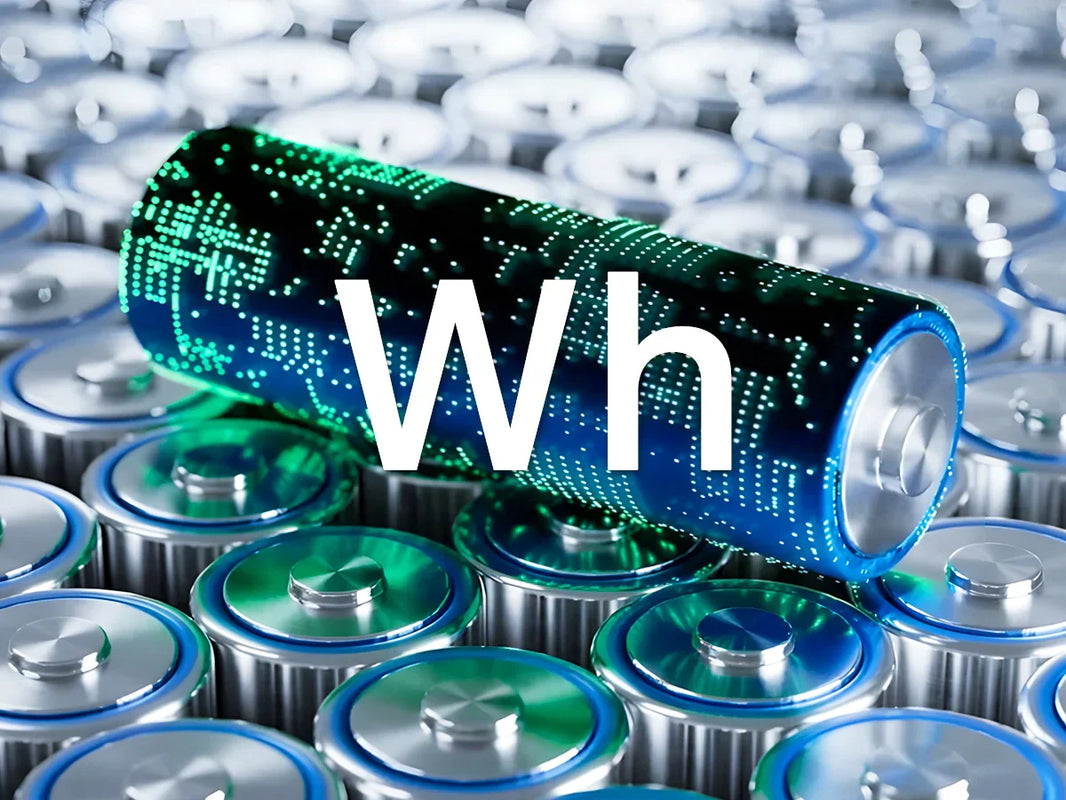
The solid electrolyte interface membrane (SEI) has an important influence on the electrochemical performance of the negative electrode material and the battery. The surface of the positive electrode material is covered by a layer of organic SEI film formed by the decomposition of alkyl carbonate. This film may be the redeposition of the reduction product of carbonate on the surface of lithium or lithium-carbon negative electrode on the surface of the positive electrode material, or it is caused by the reaction of negatively charged oxygen on the oxide cathode material with solvent molecules with strong electrophilicity (such as EC and DMC). The nucleophilicity of the positive electrode material plays an important role in the oxidation of electrophilic solvent molecules. For example, it has been found that the intrinsic reactivity between LiNiO2, which has a strong nucleophilicity and solvent molecules at certain potentials, is much more pronounced than the reactivity between spinel LiMn2O4 and LixMnO4(3V cathode material), which have a slightly weaker nucleophilicity, and solvent molecules. When stored in 1mol/L LiPF6/EC/DMC (1:1, volume ratio) and 1mol/L LiClO4/PC, the electrolyte spontaneously decomposes on the surface of LiNi0.8Co0.2O2 and LiMn2O4 electrodes. That is to say, even if there is no negative electrode or even when no voltage is applied, some surface species will be formed on the positive electrode material. This spontaneous electrode/electrolyte reaction is caused by the oxidation of solvent molecules and the anions of the salt, resulting in the extraction of lithium ions from the active electrode material. Comparing the effects of storing spinel LiMn2O4 film in pure solvent DMC and electrolyte 1mol/L LiPF6/EC/DMC at high temperature on the spinel structure of the film and the organic film formed on the surface, it is found that the composition of the surface film generated in the electrolyte is similar in pure DMC. The generated surface film can protect the electrode material from structural degradation, but it leads to the complete inactivation of the electrode material. This may be due to the decrease in surface conductivity and the decrease in the rate of lithium ions passing through the surface layer. The surface film formed in the electrolyte cannot prevent the decomposition of spinel or the capacity degradation caused thereby. The Li2Mn4O9 film is converted into λ-MnO2 after reacting with 1mol/L LiPF6/EC/DMC electrolyte solution, and a non-conductive film is formed on the surface of the original material. This film is probably Li2O. These studies help to understand the compatibility of electrode materials and electrolytes.
Commercial LiCoO2 and LiCoO2 coated with Al2O3 were immersed in commercial electrolyte 1 mol/L LiPF6/EC/DMC and pure solvent EC/DMC respectively, and then physical and electrochemical characterization of the gas, liquid and solid phase products in terms of species, surface morphology, structure, and electrochemical performance was carried out by a variety of means. It was found that the gases produced by the solvent immersion reaction (arranged according to the maximum count value of the product mass spectrum) mainly include CO2, CO, CH, C2H4, H2O, C2H6 and O2. Further studies have shown that on Al2O3 coated nano-LiCoO2, the output of the above reaction products (including gas, liquid and solid three-phase) is higher, and the relative content of oxygen is higher; gas chromatography-mass spectrometry (GC-MS) and infrared and Raman spectroscopy analysis of the produced liquid showed that the liquid product contained C-O-C chains similar in structure to polyoxyethylene (PEO) and molecules with carbonate structure. Infrared spectroscopy analysis of the obtained solid phase product found that the surface layer produced by solvent soaking LiCoO2 is mainly composed of alkyl lithium, alkyl ester lithium and Li2CO3. The infrared spectra observed on the LiCoO2 samples with different treatments are similar, which indicates that the surface coating does not affect the composition of the surface film, nor does it change the composition of the SEI film. At the same time, we also noticed that regardless of whether the sample is surface-coated or not, the two characteristic Raman peaks of LiCoO2 (located at 592 cm-1 and 483 cm-1) disappeared after solvent immersion.
Chemical analysis (inductively coupled plasma method, ICP) shows that the Li:Co atomic ratio in the liquid and solid samples collected above clearly deviates from the 1:1 ratio of LiCoO2. Especially in the liquid phase, the Li:Co atomic ratio reached 18:1, indicating that the solvent immersion in LiCoO2 caused the dissolution of Li and Co. Since LiCoO2 is the only source of lithium, the chemical analysis results clearly show that the surface coating of Al2O3 cannot prevent the dissolution of lithium ions (and perhaps cobalt ions). In other words, surface coating improves the electrochemical performance of electrode materials not only because the coating layer separates the positive electrode active material from the electrolyte, but also has deeper reasons.
The dissolution of lithium will inevitably affect the structure and electrochemical properties of LiCoO2. Analyzing the solid product by XRD and Raman spectroscopy, it is found that after LiCoO2 without surface coating dissolves part of the lithium, the degradation product is mainly Co3O4, and Co2O3 is a supplement; while after the Al2O3 surface-coated LiCoO2 dissolves part of the lithium, the degradation products are mainly Co2O3, and Co3O4 is the auxiliary.
In both cases, a core-shell structure can be formed (the core is a mixture of LiCoO2, Co2O3, and Co3O4, while the shell is a more complex mixture composed of alkyl lithium, alkyl ester lithium, and LiCoO2). Scanning electron microscope observation (Figure 1) found that there are many obvious corrosion channels on the surface of LiCoO2 impregnated with solvent, while other places are covered by uneven surface film, which is obviously different from the smooth surface before soaking. Due to the degradation of the structure, the electrochemical capacity of the solvent-soaked nano-LiCoO2 is only 40-60mA·h/g when the cycle is 2.5~4.3V (relative to Li+/Li), which is significantly lower than the 90mA·h of the unsoaked nano-LiCoO2/g.

Figure 1-Surface morphology of LiCoO2 before (a) and after (b) immersed in EC/DMC solvent
Using electrolyte (EC/DMC solution of 1mol/L LiPF6) instead of solvent EC+DMC, the results of similar research on the above-mentioned nano-LiCoO2 show that the above-mentioned reaction still exists, but the severity of the reaction and the amount of reaction products are significantly lower than the situation when the solvent is immersed. No newly generated oxygen was detected in the experiment, which indicates that the driving force for Li+ dissolution is the huge difference in lithium ion concentration inside and outside the LiCoO2 particles. When the concentration difference is reduced due to the presence of lithium salt, the above reaction is significantly inhibited. Scanning electron microscopy observations show that the electrolyte immersion of commercial LiCoO2 will also cause surface corrosion of the material, and even the layered fracture of LiCoO2 particles caused by the immersion can be observed, as shown in Figure 2(a).

Figure 2 - LiCoO2 spallation (a) and the surface morphology of its particles (b) after immersing in the EC/DMC solution of 1mol/L LiPF6 for 1 week
According to the above experimental results, the following reaction mechanism can be obtained:
3RCO3-+3LiCo3++O2→3ROCO2Li↓ +Co23+ Co2+ O4↓+O2↑(Uncoated LiCoO2) (1-1)
2LiCo3+O2→Co23+O3↓+Li2O↓(Al2O3 coated LiCoO2) (1-2)
The following conclusions can be drawn from the above research: Soaking LiCoO2 in electrolyte or solvent will cause the dissolution of lithium and cobalt ions in the material, and surface coating cannot prevent the dissolution of lithium or cobalt; the dissolution of lithium ions leads to degradation of LiCoO2 structure and reduction of electrochemical capacity. LiCoO2 coated on the surface mainly degrades to Co2O3, and the uncoated LiCoO2
The following conclusions can be drawn from the above research: Soaking LiCoO2 in electrolyte or solvent will cause the dissolution of lithium and cobalt ions in the material, and surface coating cannot prevent the dissolution of lithium or cobalt; the dissolution of lithium ions leads to degradation of LiCoO2 structure and reduction of electrochemical capacity. LiCoO2 coated on the surface mainly degrades to Co2O3, and LiCoO2 without coating mainly degrades to Co3O4; soaking leads to the decomposition of solvents, the production of various gases and the lithium-containing compound Al2O3 coated on the surface of LiCoO2 can inhibit the production of oxygen; the thickness of the surface film of the positive electrode material is not limited by the electron tunneling distance; the impact of immersion on commercial LiCoO2 is less than that on nano-LiCoO2, but it will also corrode commercial LiCoO2 particles and even cause lamellar exfoliation; LiPF6 does not participate in the above spontaneous reaction; the driving force leading to the dissolution of lithium ions is the huge difference in the concentration of lithium ions inside and outside the LiCoO2 particles.



